Company: Stripe
Founded: 2010
Founders: Patrick Collison and John Collison
Description: Payments platform for internet businesses.
This playbook focuses on marketing strategies and tactics used by Stripe.
The marketing playbook series is for founders who want to:
1. learn from real-life examples
2. discover which growth strategies fit which businesses and industries
3. find the 20% of strategies that return 80% of results
Content Marketing
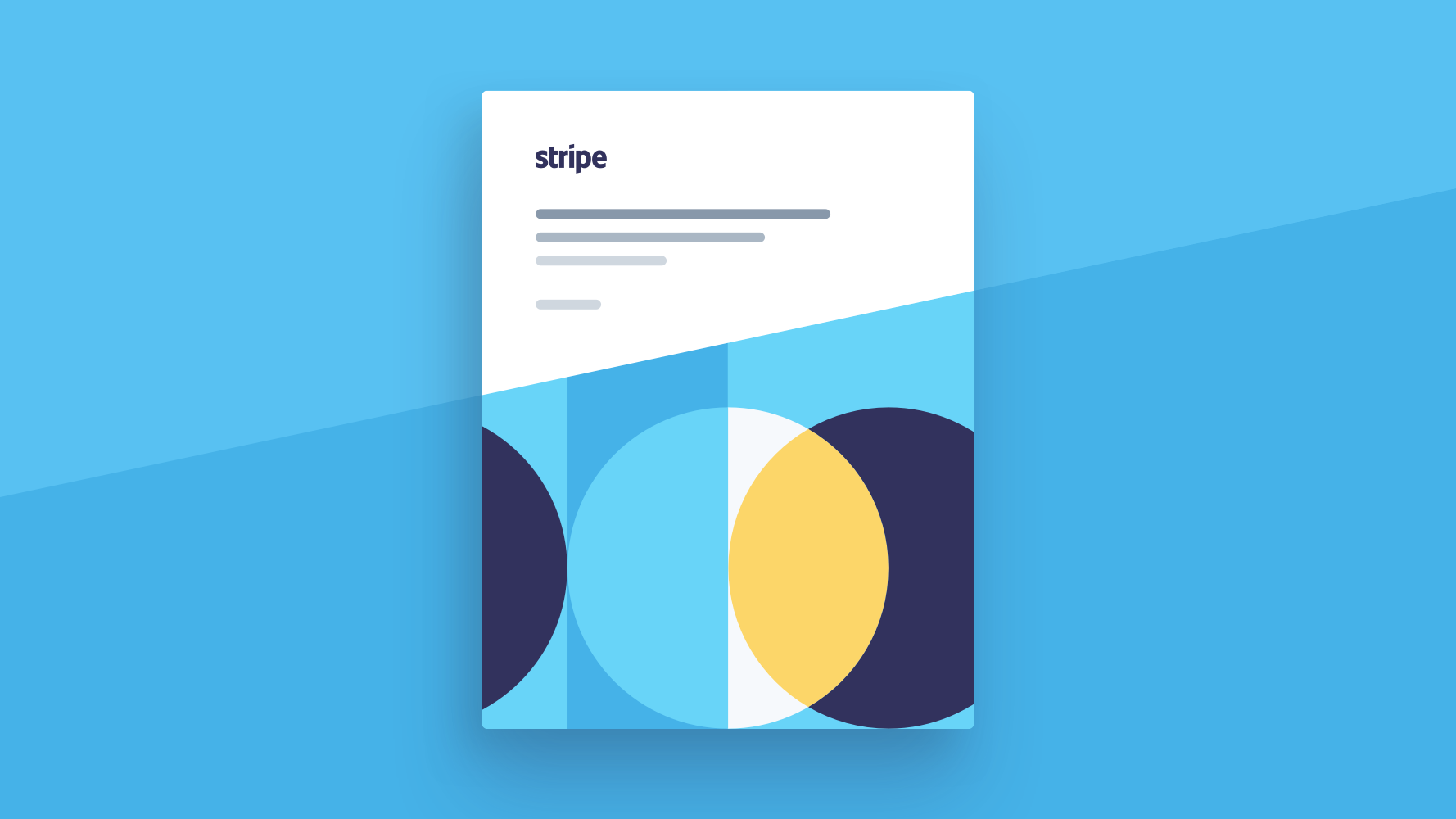
1. Blog
Patrick Collison has talked about writing being an early marketing win for Stripe. Stripe expanded beyond blogging into publishing books, a magazine and writing detailed guides for founders. (Blog)

2. Stripe Press
Stripe’s mission is to increase the GDP of the internet. This has led them into areas such as publishing books on economics and technology. Stripe Press is also a way to weave the CEO’s love for books into his business. (Stripe Press)

3. Stripe Guides
Stripe tries to make sure that new customers stay in business. They’ve written detailed guides on email marketing, recruiting, engineering and more. These topics seem unrelated to payment processing until we zoom out and think about customer success. (Guides)
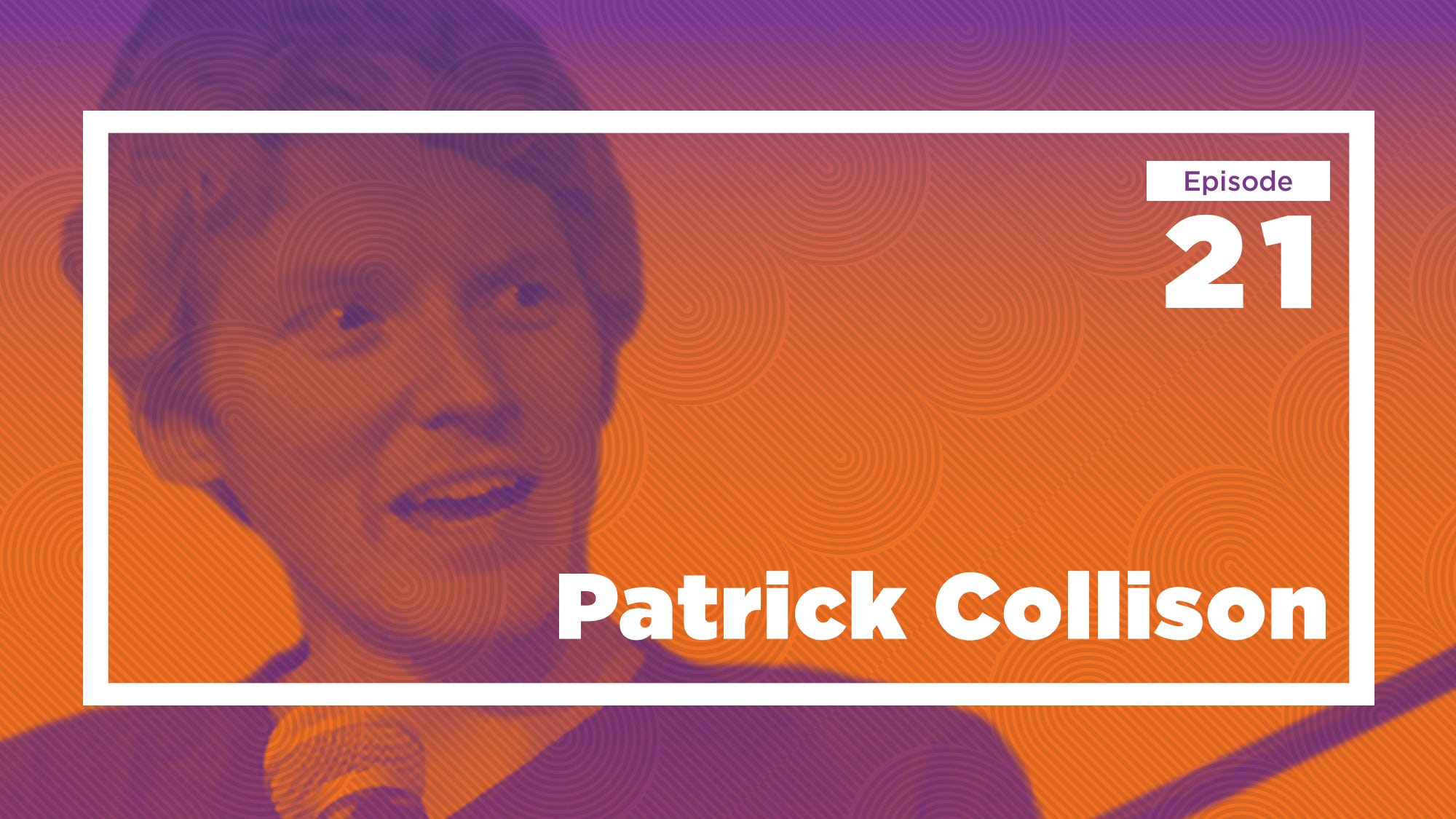
4. Interviews
Patrick Collison has been interviewed on the Tim Ferriss Show, The Knowledge Project, Conversations with Tyler Cowen and more. He shares stories and lessons while spreading the word about Stripe. (Interview)

5. Indie Hackers
Indie Hackers is a community and podcast of mostly technical founders. This is the exact audience that Stripe wants. In 2017 it was announced that Stripe acquired Indie Hackers. Stripe is now featured on the podcast and forum. (Post)
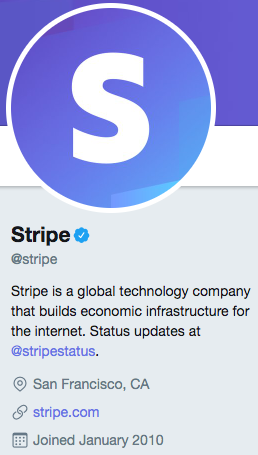
6. Twitter
Stripe uses Twitter to keep more than 100k followers up to date on new products, features, events and partnerships. (Twitter)

7. Open Source
Open source contributions help raise awareness among developers. Stripe projects include: Bonsai, Sorbet, Mongoriver and Veneur. (Projects)

8. Increment Magazine
Stripe also has a quarterly magazine aimed at developers. Issues are delivered via email. (Magazine)
Micro Marketing

9. YC Class
Several founders in Stripe’s YC batch have stories of the Collison brothers immediately integrating their apps with Stripe once they committed to trying the service. They removed the burden from busy founders while landing potentially huge customers. (List)

10. Stripe Sessions
Stripe Sessions are a way for the company to hear directly from users. Similar to AWS Summits, Stripe creates rich user experiences while collecting feedback. (Post)

11. Sales Team
Stripe offers self-serve and sales signup models. Sales has allowed them to land big accounts such as Amazon, Lyft and Target. (Page)
Ease Marketing

12. Design
Stripe created a moat by tackling a hard problem that involves banking regulation and fraud detection. Transforming complexity into simplicity led to early word of mouth marketing. Stripe took the process of accepting payments from days to an afternoon. Developers can simply copy and paste a few lines of code. (Post)
Social Proof Marketing

13. Customers Page
Most companies use a segment of their landing page to showcase their largest customers and establish social proof. Stripe takes things a step further with a page dedicated to customers. Customers are segmented by industry and many have video interviews. (Page)
Niche Marketing

14. Developers First
Stripe makes design concessions for developers that would be fatal to other payment processors. They take API design seriously and have a less visual role than other payment processors. 84% of U.S. adults purchased something via Stripe and few know it. (Docs)
Flywheel Marketing

15. Stripe Atlas
Stripe is moving upstream by helping potential customers set up companies. Atlas is designed to help founders anywhere in the world incorporate their companies in the U.S. (Page)

16. Stripe Radar
Stripe attacked a huge pain point of chargebacks with Radar. Radar complements their main business while separating them from competition. (Page)

17. Touchtech Acquisition
Stripe’s acquisition of Touchtech helped them move into the Europe. Rather than starting from scratch, Stripe decided to leverage established systems and relationships. (Article)

18. Sigma
Sigma allows developers to use SQL to search payment data. This powerful tool creates another reason for teams stick with Stripe over another payment processor. (Page)

19. Investing in Paystack
Paystack is Stripe for Nigeria. Investing in other markets gives Stripe visibility beyond the U.S. (Article)
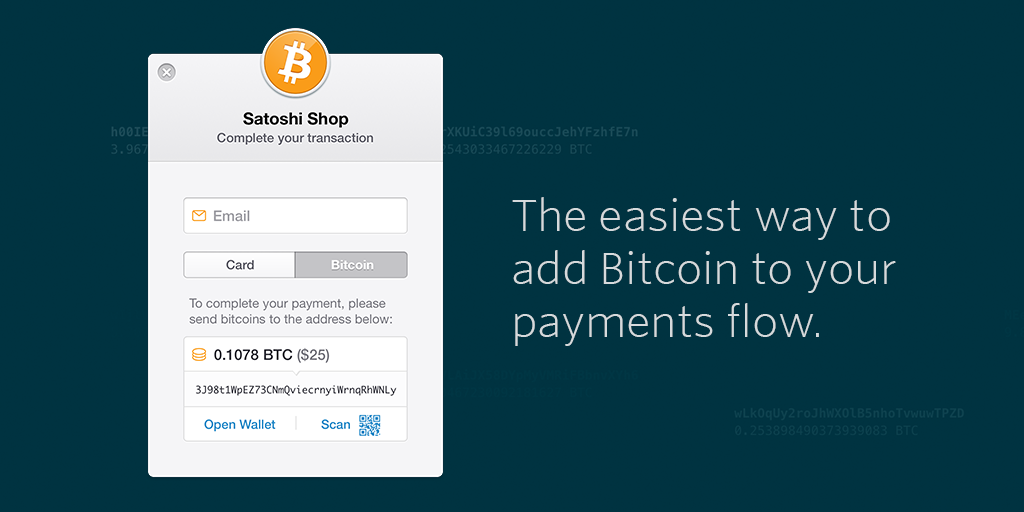
20. Accepting Bitcoin
Stripe supported bitcoin payments before ending support. Failure seems to be a tenet of flywheel marketing. Google and Amazon are excellent examples of flywheel marketers. Experiments result in huge wins along with lessons from failures. (Post)

21. Stripe Checkout
Stripe Checkout helps founders quickly accept payments by providing a user-interface. (Page)

22. Stripe Connect
Stripe Connect is billed as the payment platform for platforms. Connect serves platforms and marketplaces that send payments to third parties. This describes businesses such as Gumroad and Snipcart. (Page)

23. Stripe Issuing
Stripe is making it easy for companies to issue their own cards. This could enable new types of businesses similar to how Google/Facebook targeting enabled D2C business models. Stripe is enabling smaller players by lowering the barrier to entry. (Page)
Presence Marketing
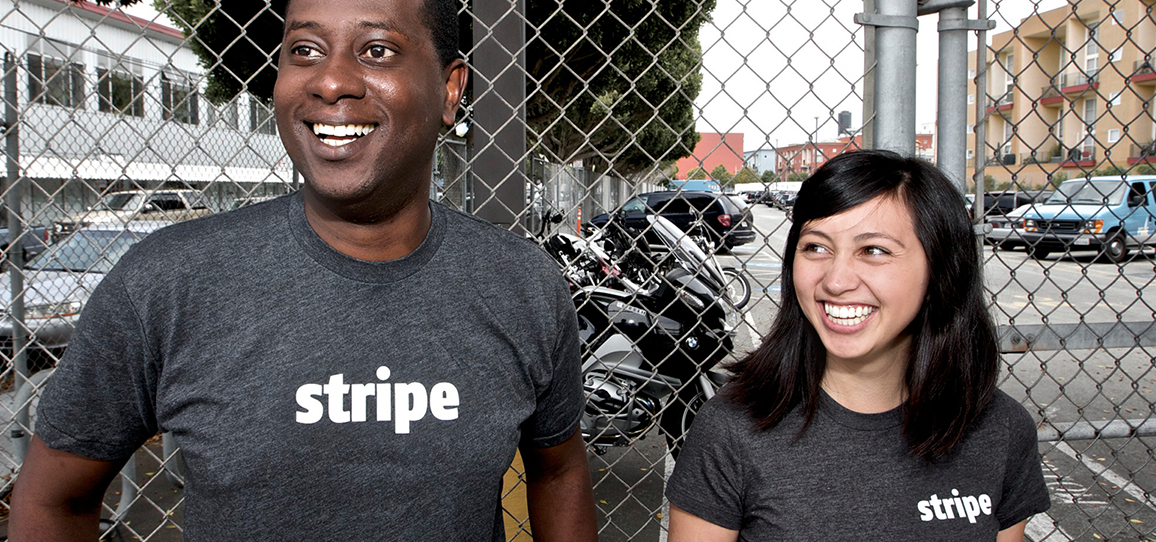
24. Welcome Packages — Swag
Stripe sent welcome packages to new customers early on. Packages included Stripe-branded stickers and t-shirts. Customers got free shirts and Stripe got moving billboards. (Post)

25. Hackathons & Meetups
Stripe hosts and sponsors hackathons. Hackathons are a source of ideas and raise awareness of Stripe in developer communities. (Post)
Thanks for reading!
Which company you would like to see next?
Let me know — @DruRly.
Check out the playbook series for more growth strategies.